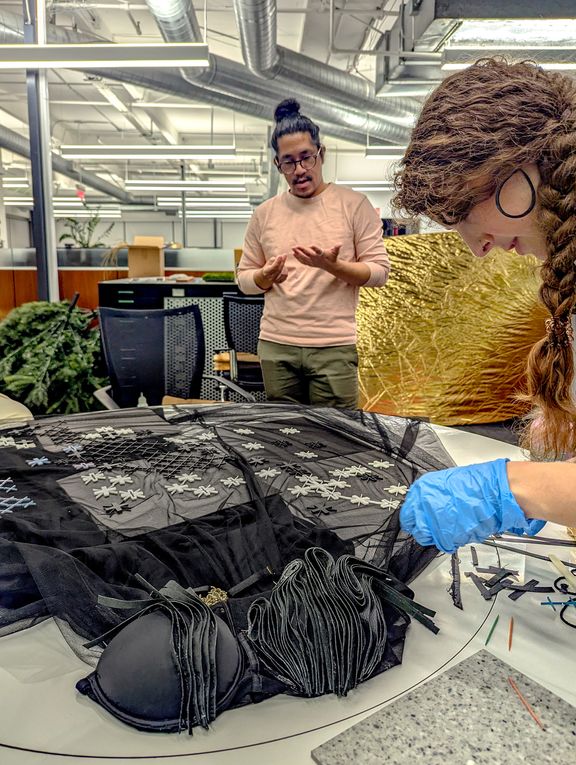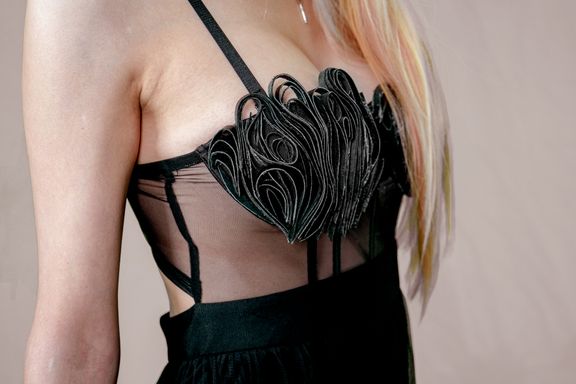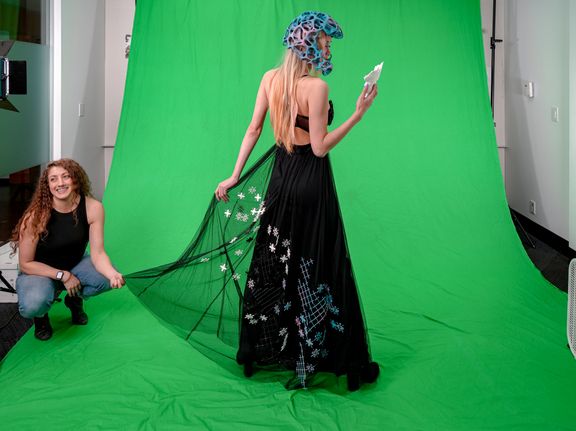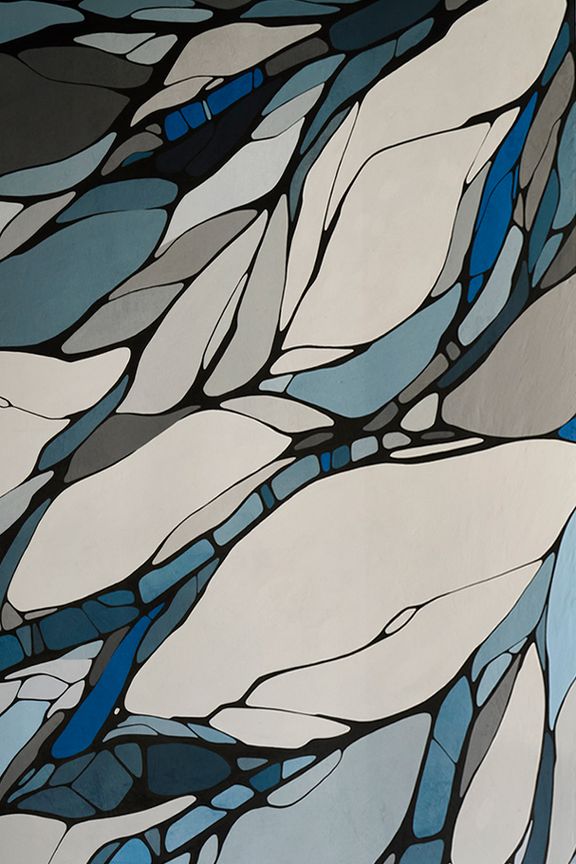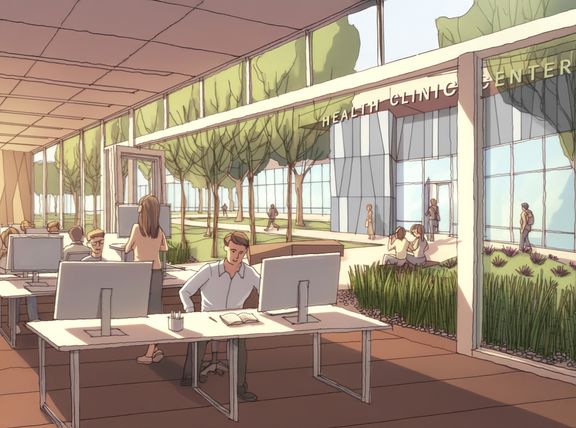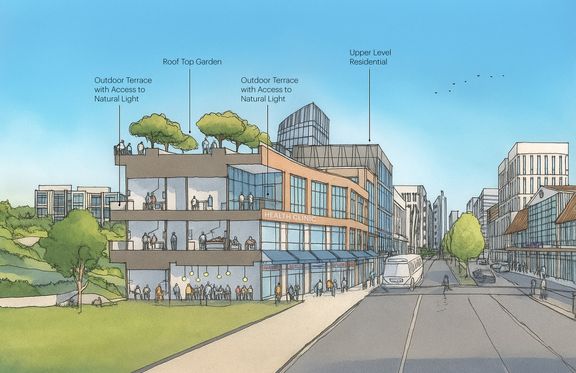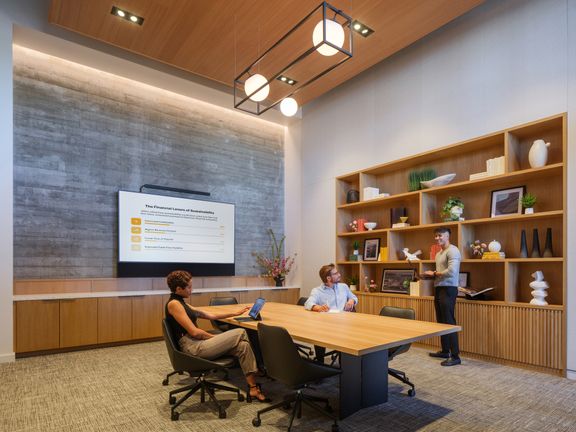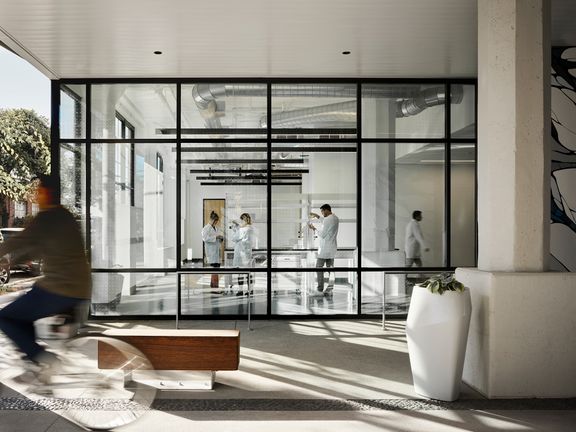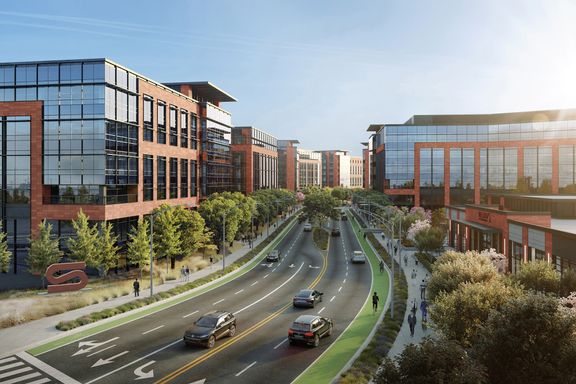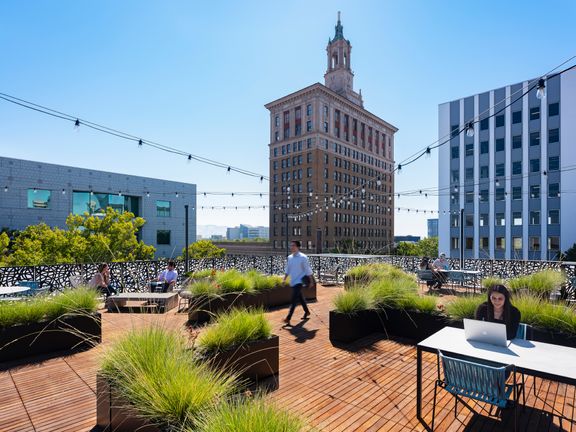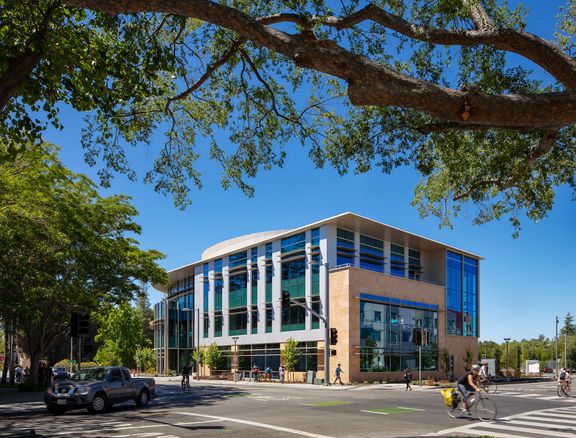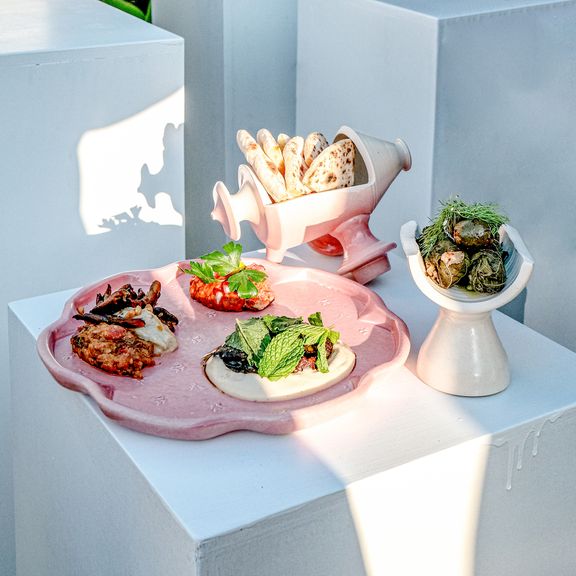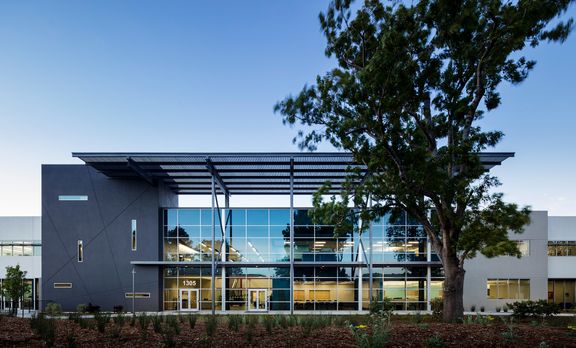From Building to Bodice: Designing Renewal in Motion for Haworth 5V
Mikaela Leo AIA, NCARB, WELL AP, Fitwel Amb.
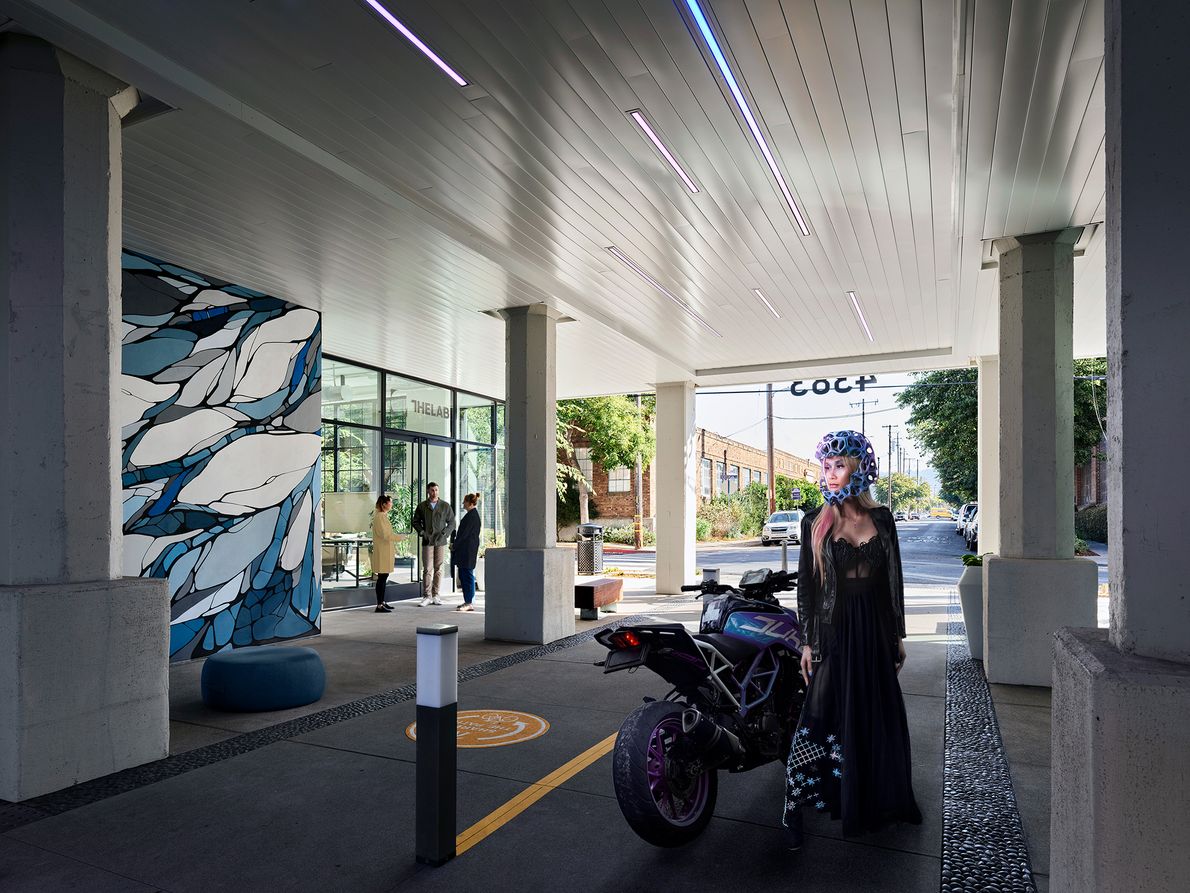
At DES, we're not just about designing buildings—we're about exploring creativity in all its forms.
Our long-standing relationship with Haworth, fueled by shared showroom tours, lunches, and a genuine appreciation for their beautiful furniture and vibrant team, has led us down some exciting paths. This year, we embarked on our third 5V experience, a fashion competition that challenges designers to translate architectural concepts into wearable art.
Our inspiration? One of our recent award-winning projects, a stunning example of adaptive reuse that prioritizes connectivity to the public realm.
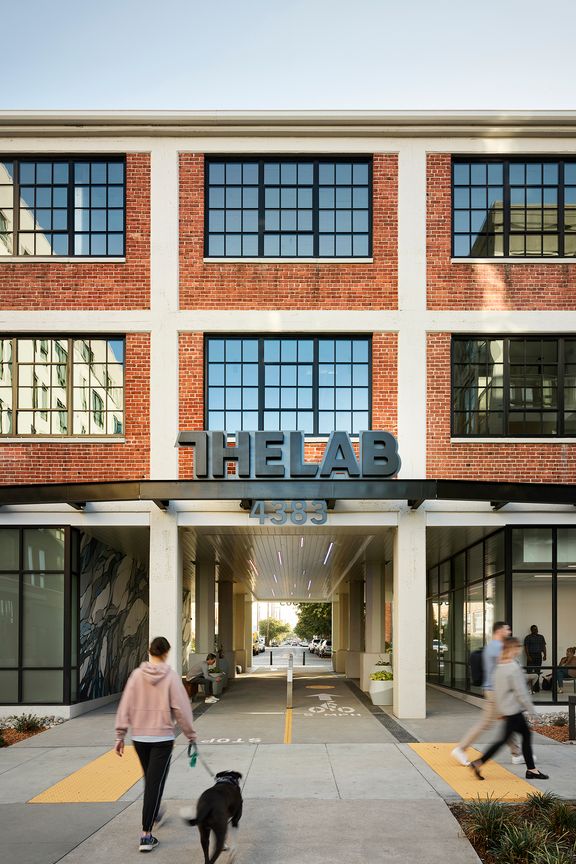
Originally built in 1919 for the Sherwin-Williams Company, this building operated until the mid-2000s as a paint factory. Re-envisioned as a Class-A office and lab space, theLAB Emeryville adaptively reuses the 72,000-sf, three-story brick building through a core replacement, structural upgrades, facade facelift, and site remediation.

Just as this project breathed new life into an existing structure, our fashion ensemble reimagines a pre-existing garment as its foundation. The dynamic energy of the building’s public avenue is captured through the ensemble’s striking centerpiece: a custom motorcycle helmet designed using Grasshopper.
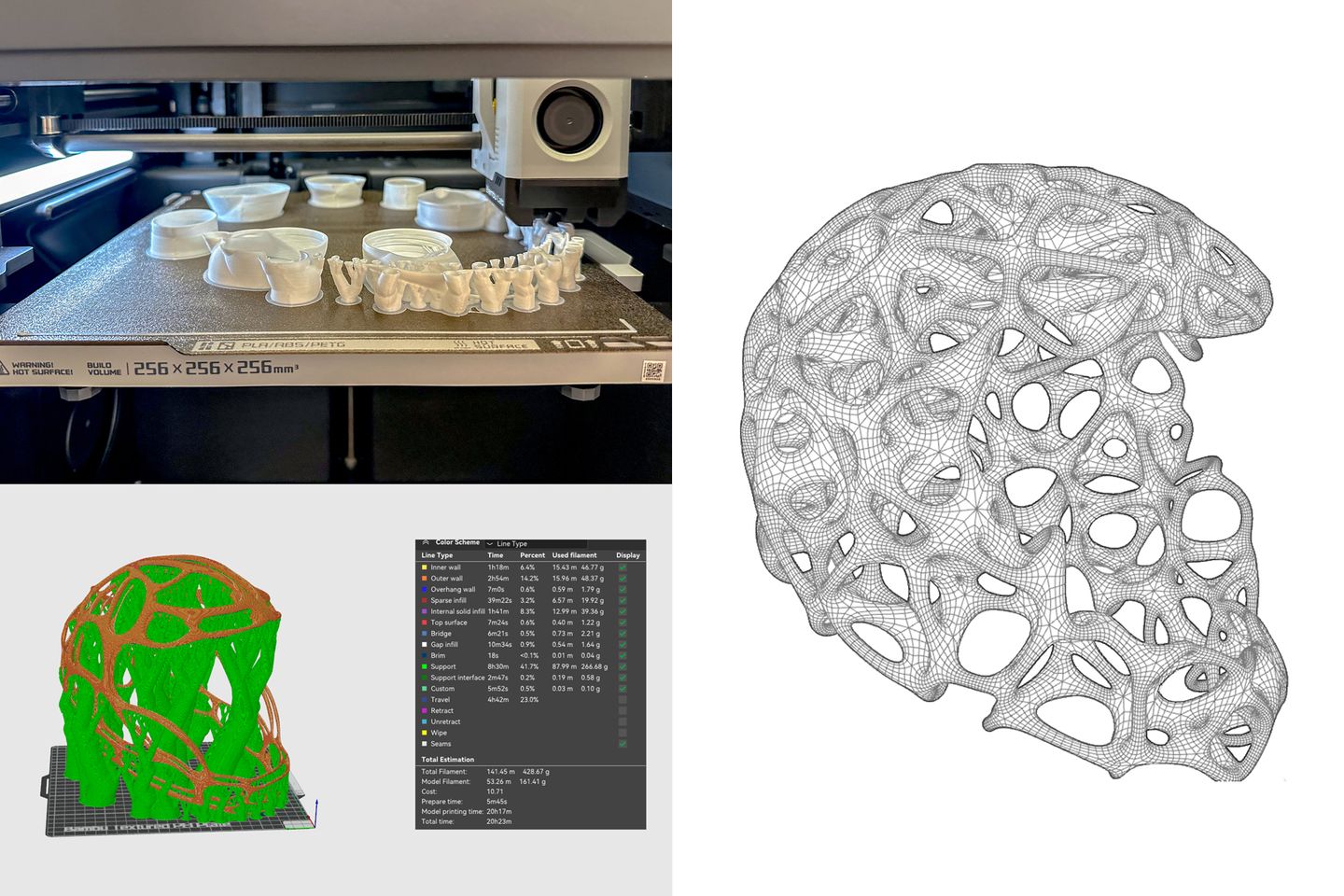
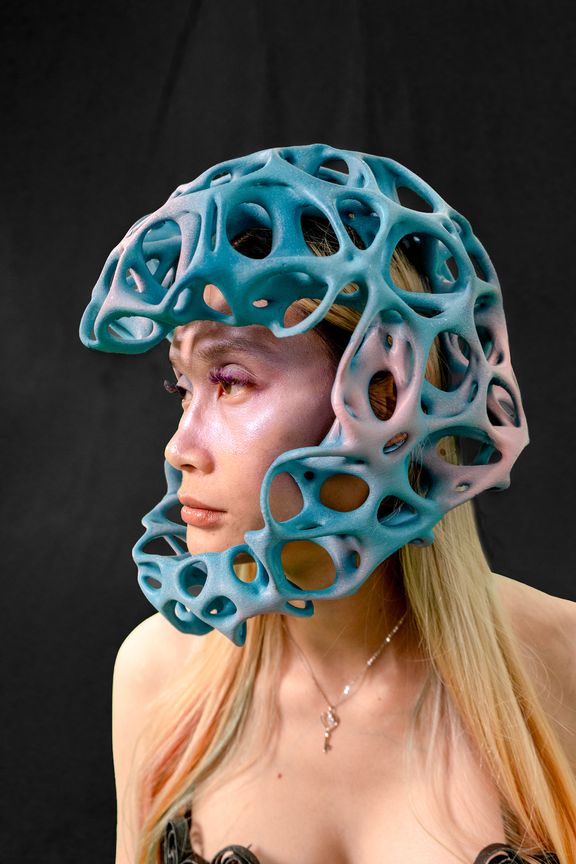
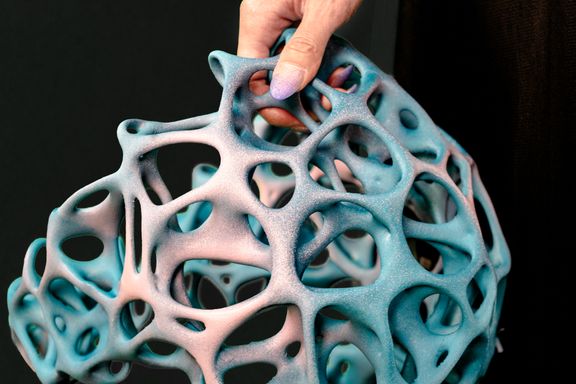
The custom-designed helmet took over 40 hours to print, and was painted by hand.
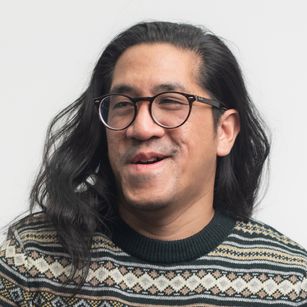
Sik Chayaratana, Designer
Leveraging the power of 3D printing to bring our vision to life, the helmet draws inspiration from the vibrant mural in the new public passthrough at theLAB while also replicating a unique glass pattern found in the Haworth San Francisco showroom. This intricate pattern is echoed in the dress itself, where sheer fabric layered with opaque 3D-printed pieces mimics the fritted effect of the building’s glass film.
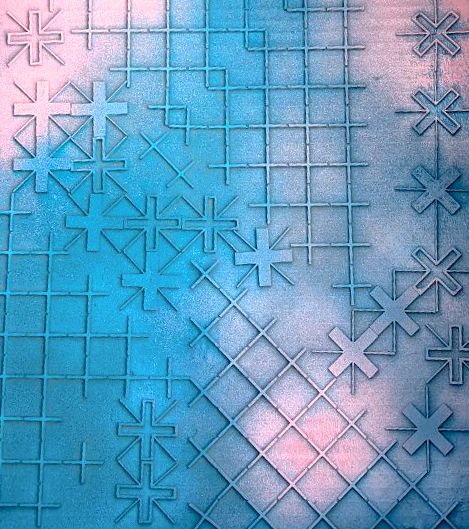
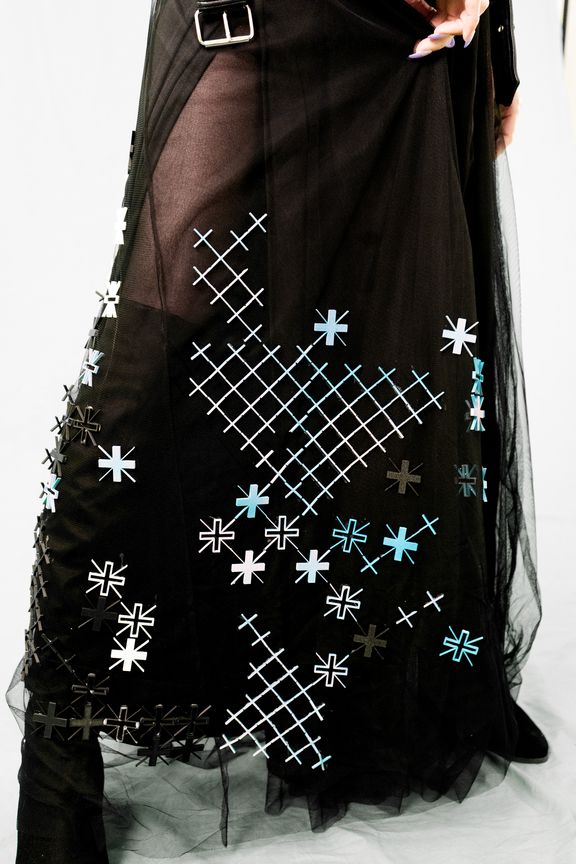
The pattern was 3D printed and painted in a gradient inspired by theLAB’s pathway lights, a nod to fashion in motion. Each individual piece was adhered to the dress by hand to achieve a fluid look.
One of the most exciting—and challenging—aspects of this project was working with mycelium leather from Mycoworks. This innovative material inspired us to create a bodice adorned with folds reminiscent of mushroom gills, a nod to the organic processes happening within the building’s more structured framework. We aimed to balance the rigid geometry of the 3D-printed elements with the soft, organic forms of the mycelium, reflecting the interplay between innovation and nature within the repurposed paint factory.
To capture the essence of our design, we transformed the DES office into a photoshoot studio, complete with a greenscreen. Our model and colleague, Alys, was a true professional, patiently posing for countless shots to ensure we captured every detail of the ensemble. The makeup, mirroring the colors of the helmet—itself inspired by the mural and the building’s lighting—featured soft gradients of blues, pinks, and purples, creating a cohesive and visually stunning palette.
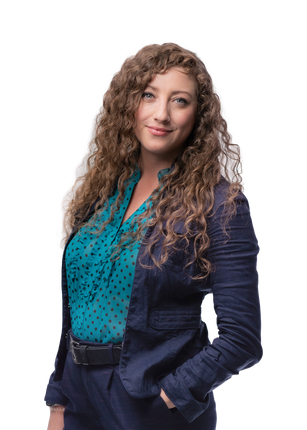
Mikaela Leo AIA, NCARB, WELL AP, Fitwel Amb.
Project Architect
The final images are a testament to the diverse elements that fueled our creative process. They weave together the story of our architectural project, theLAB, the distinctive fritted glass pattern from the Haworth showroom, and our carefully curated color scheme, showcasing the journey from building to bodice and the fusion of architecture and fashion.

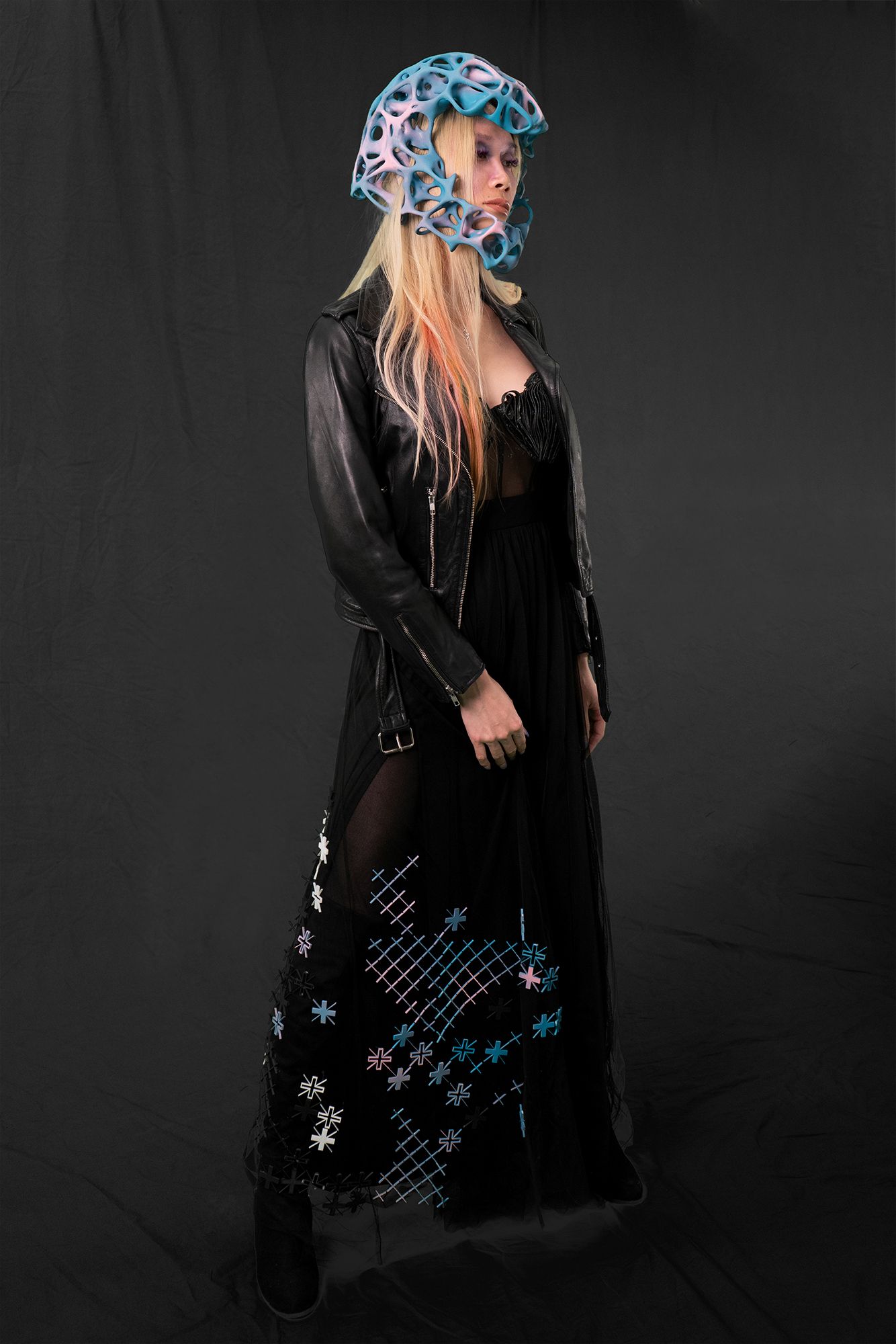
Project Team: Mikaela Leo, Alys Wong, Sik Chayaratana, Sean Aung, Kaila Sison, Kate Albee, Elizabeth Wong, Alena Stoliarova
Special thanks to Mycoworks, Kirsten Fordyce-Wheeler, Henry Williams, and Hanna Hyland
